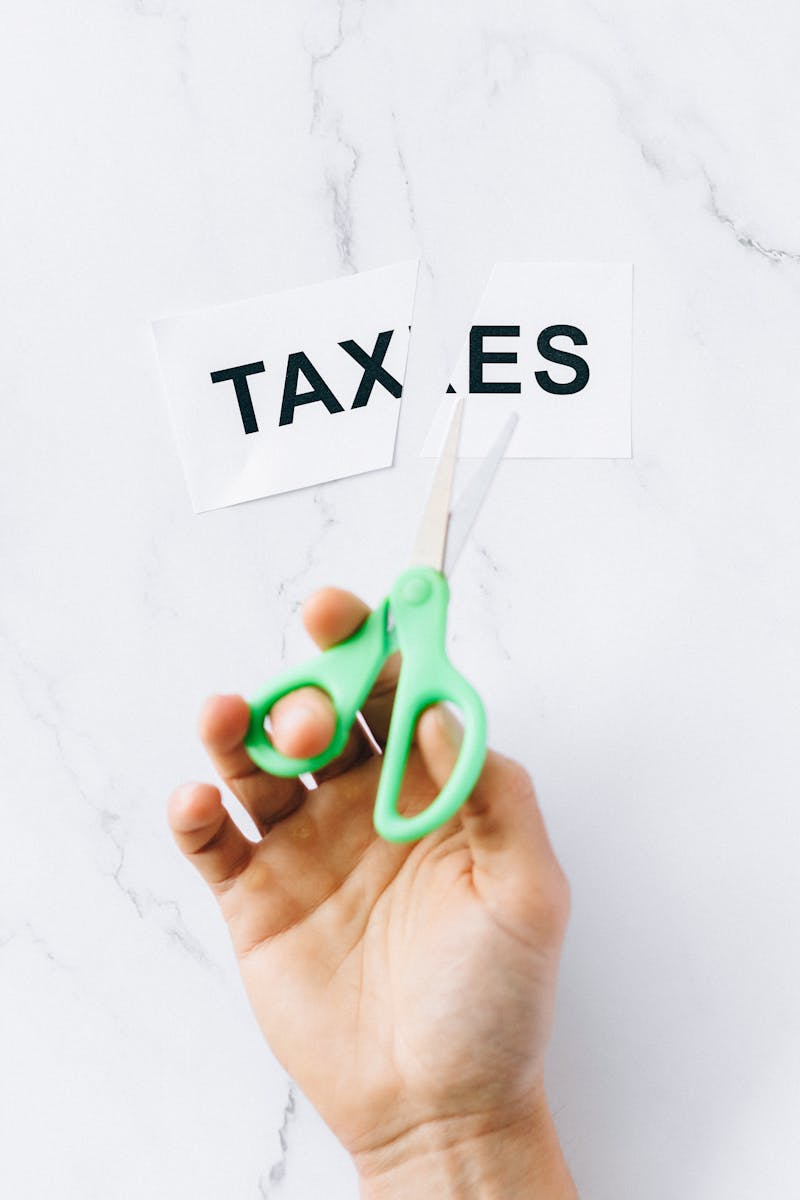For business owners and entrepreneurs, tax-deductible purchases are a vital strategy to reduce taxable income while simultaneously investing in the growth and efficiency of their business. However, not all purchases are created equal. To make the most of these deductions, you need a clear understanding of what’s deductible, how to document your expenses, and how to align purchases with your business goals.
In this guide, we’ll cover the key considerations, practical steps, and examples to help you make smart tax-deductible purchases.
1. Understand What Counts as a Tax-Deductible Expense
The IRS allows businesses to deduct ordinary and necessary expenses related to their operations. Below are detailed examples of common categories to guide your understanding:
- Office Supplies and Equipment: Everyday essentials like pens, paper, printers, and laptops (if used exclusively for business purposes).
- Software and Subscriptions: Tools like accounting software, project management platforms, and professional organization memberships that directly support your operations.
- Business Meals and Entertainment: Meals with clients or during business travel (typically 50% deductible) that facilitate relationship building or deal-making.
- Employee Salaries and Benefits: Costs associated with wages, health insurance plans, and retirement contributions for your team.
- Advertising and Marketing: Campaign costs such as social media ads, website hosting fees, and graphic design services that help promote your business.
Pro Tip: Keep personal and business expenses separate to avoid complications during tax filing.
2. Plan Your Purchases Around Year-End
Timing your deductible purchases strategically can have a significant impact on your tax liability. Consider these scenarios:
- Before Year-End: When expecting a higher tax bill, make necessary purchases before December 31 to reduce taxable income for the current year.
- After Year-End: If you anticipate higher income in the coming year, defer purchases to maximize deductions when your tax bracket is higher.
Example: If your office computers are due for an upgrade, buying them in December might lower your current year’s tax liability while equipping your team for success.
3. Leverage Section 179 Deductions
The Section 179 deduction allows businesses to immediately expense qualifying assets instead of depreciating them over several years. Here’s what you need to know:
- Eligibility: Ensure the asset is used more than 50% for business purposes to qualify.
- Limits: Annual caps apply, so consult your CPA to strategically plan high-value purchases.
Example: Purchasing a business vehicle weighing over 6,000 pounds may qualify for a substantial Section 179 deduction, making it a smart investment for businesses requiring transportation.
4. Avoid Common Mistakes
Making uninformed decisions can cost your business money or lead to audits. Protect yourself by steering clear of these errors:
- Over-Purchasing: Avoid buying unnecessary items just to claim a deduction. Remember, deductions only save a percentage of the expense.
- Poor Documentation: Keep organized records, including receipts, invoices, and notes explaining the purpose of each purchase.
- Misclassification: Double-check whether an expense qualifies as a deduction and confirm its appropriate category to prevent costly errors.
5. Optimize with Bonus Depreciation
Bonus depreciation allows businesses to deduct a significant percentage of the cost of eligible assets in the year they are placed in service. Keep these points in mind:
- Key Assets: Includes equipment, machinery, and even certain property improvements that directly contribute to operations.
- Current Rules: The percentage allowed under bonus depreciation can change annually, so confirm the specifics with your accountant to optimize benefits.
6. Align Purchases with Business Growth Goals
Every tax-deductible purchase should directly support your business’s growth and efficiency. Evaluate purchases using these criteria:
- Return on Investment (ROI): Will this purchase generate revenue, increase productivity, or save costs greater than its expense?
- Scalability: Is this investment a one-time necessity or something that will grow with your business?
- Necessity vs. Luxury: Prioritize purchases that address urgent needs or operational gaps over optional enhancements.
7. Seek Professional Guidance
Tax laws are complex and constantly changing. Partnering with a CPA or tax professional can help you:
- Identify deductions you may have overlooked.
- Strategically plan purchases for maximum tax benefits.
- Ensure compliance with evolving IRS regulations, protecting your business from unnecessary risks.
Conclusion
Smart tax-deductible purchases are a powerful tool for reducing tax liability and reinvesting in your business. By understanding eligible expenses, planning strategically, and seeking expert advice, you can maximize your savings while setting your business up for long-term success.
For more insights and tailored guidance on optimizing your tax strategy, speak with the experts at ACGDEPT today!


